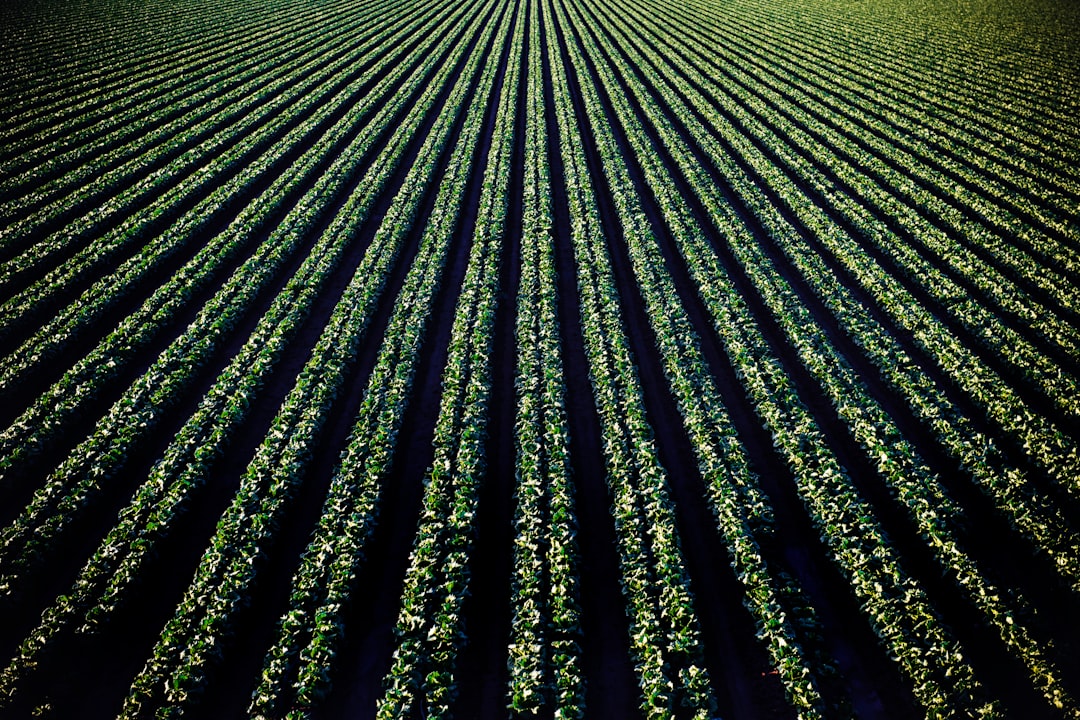Water is essential for life, and its conservation is becoming increasingly critical as climate change and growing demand strain global water resources. One of the most effective yet often overlooked ways to conserve water is by focusing on soil health. Healthy soil doesn’t just grow better crops—it also plays a pivotal role in water conservation by enhancing water infiltration and retention.
This blog explores the vital relationship between soil health and water conservation, offering practical insights into improving soil to conserve water effectively.
Understanding Soil Health
Soil health refers to the soil's ability to function as a living ecosystem that sustains plants, animals, and humans. Healthy soil is rich in organic matter, teeming with beneficial microorganisms, and capable of supporting optimal water and nutrient cycles.
Key Components of Soil Health:
-
Organic Matter: Decayed plant and animal material that improves soil structure and water-holding capacity.
-
Soil Structure: The arrangement of soil particles, which determines how easily water infiltrates and is retained.
-
Microbial Life: Bacteria, fungi, and other microorganisms that break down organic material and create soil aggregates.
-
Nutrient Balance: Availability of essential nutrients for plant growth.
How Soil Health Impacts Water Conservation
1. Enhanced Water Infiltration
Healthy soil absorbs water efficiently, preventing runoff and allowing water to penetrate deeply. This process is crucial for recharging groundwater and ensuring plants have access to moisture during dry spells.
-
Role of Organic Matter: Organic matter binds soil particles together, creating a porous structure that allows water to infiltrate rather than run off.
-
Impact of Soil Compaction: Poor soil health often results in compaction, where water pools on the surface instead of seeping into the ground.
2. Improved Water Retention
Healthy soil acts like a sponge, holding water in its pores for plant roots to access over time. This reduces the need for frequent irrigation and ensures crops can survive periods of low rainfall.
-
Soil Texture: Sandy soils drain quickly, while clay soils retain water but may become waterlogged. A healthy balance of organic matter can improve water retention in all soil types.
-
Role of Microbial Life: Microorganisms help create aggregates that trap water within the soil, improving its water-holding capacity.
3. Reduced Erosion and Runoff
Healthy soils are more resistant to erosion, which occurs when water or wind removes the topsoil. By maintaining soil structure, water stays where it’s needed instead of washing away valuable nutrients.
Strategies for Enhancing Soil Health for Water Conservation
1. Add Organic Matter
Incorporating organic material, such as compost, manure, or cover crop residues, improves soil structure and boosts water-holding capacity.
-
Mulching: Adding a layer of organic mulch helps retain soil moisture by reducing evaporation.
-
Green Manure: Grow and till nutrient-rich plants, like legumes, into the soil to increase organic content.
2. Minimize Soil Disturbance
-
No-Till Farming: Avoid plowing or tilling to maintain soil structure and microbial activity.
-
Conservation Tillage: Use reduced tillage techniques to disturb only the top layer of soil.
3. Use Cover Crops
Planting cover crops, such as clover, rye, or vetch, prevents soil erosion, increases organic matter, and improves water infiltration.
-
Deep-Rooted Plants: Deep roots break up compacted soil, creating channels for water infiltration.
4. Practice Crop Rotation and Diversification
Alternating crops reduces the risk of soil degradation and encourages a healthy mix of nutrients and microorganisms.
5. Prevent Soil Compaction
-
Avoid Heavy Machinery: Limit the use of heavy equipment on wet soil to prevent compaction.
-
Create Buffer Zones: Establish grassy or vegetative buffers around fields to absorb excess water.
6. Test and Amend Soil
Regular soil testing helps identify nutrient deficiencies or imbalances. Adding amendments, such as gypsum or biochar, can improve water infiltration and retention.
Benefits of Healthy Soil for Water Conservation
-
Increased Crop Yields: Healthy soils provide consistent moisture, leading to better plant growth and higher yields.
-
Drought Resilience: Soils with high water retention help crops survive during prolonged dry periods.
-
Groundwater Recharge: Improved infiltration replenishes aquifers and reduces the risk of water scarcity.
-
Reduced Irrigation Needs: With better water retention, farmers and gardeners can cut down on irrigation frequency, saving both water and money.
Case Study: Soil Health in Action
In a semi-arid region of Australia, a farmer adopted no-till farming, cover cropping, and compost application to improve soil health. Over five years, the farm experienced:
-
A 50% reduction in irrigation water use.
-
A 30% increase in crop yields during dry seasons.
-
Dramatic improvement in soil organic matter and water retention.
Conclusion
The connection between soil health and water conservation is undeniable. By improving soil structure, organic content, and microbial activity, we can enhance water infiltration and retention, reduce erosion, and promote sustainable agriculture and gardening.
Investing in soil health benefits not only plants and crops but also the environment and future generations. It’s time to dig deep—literally—and prioritize healthy soil for a water-wise future.
Call to Action:
Have you tried any soil health practices to improve water conservation? Share your experiences and tips in the comments below to inspire others to build healthier soils!

Comments
No comments yet. Be the first to comment!
You must be logged in to comment. Login